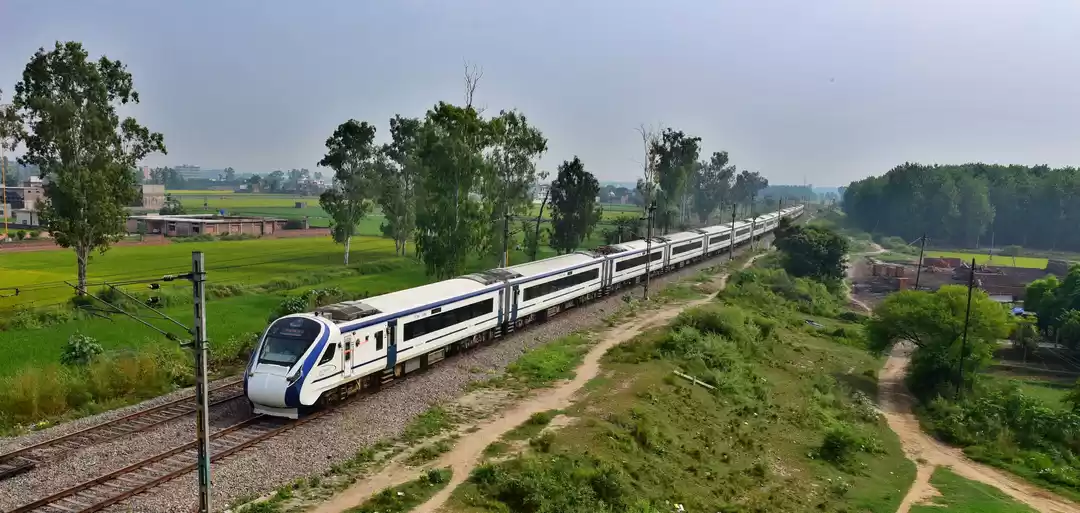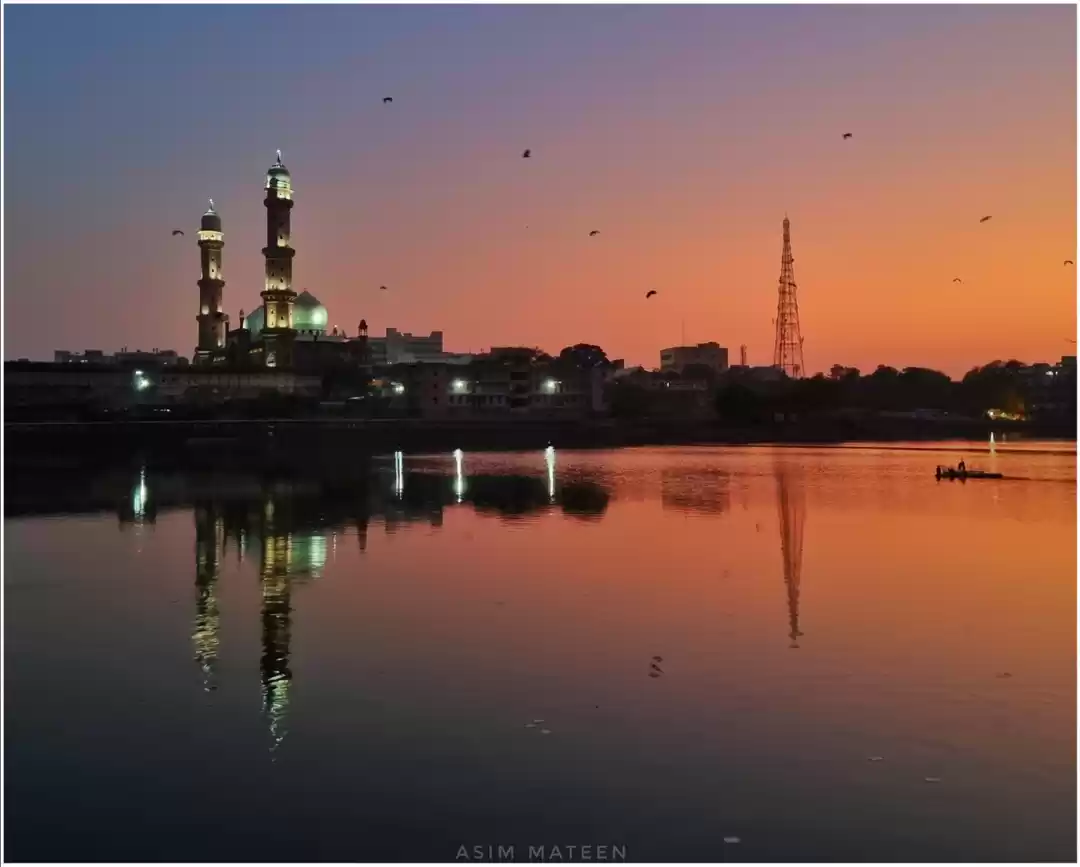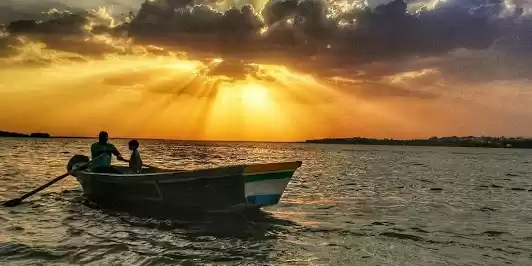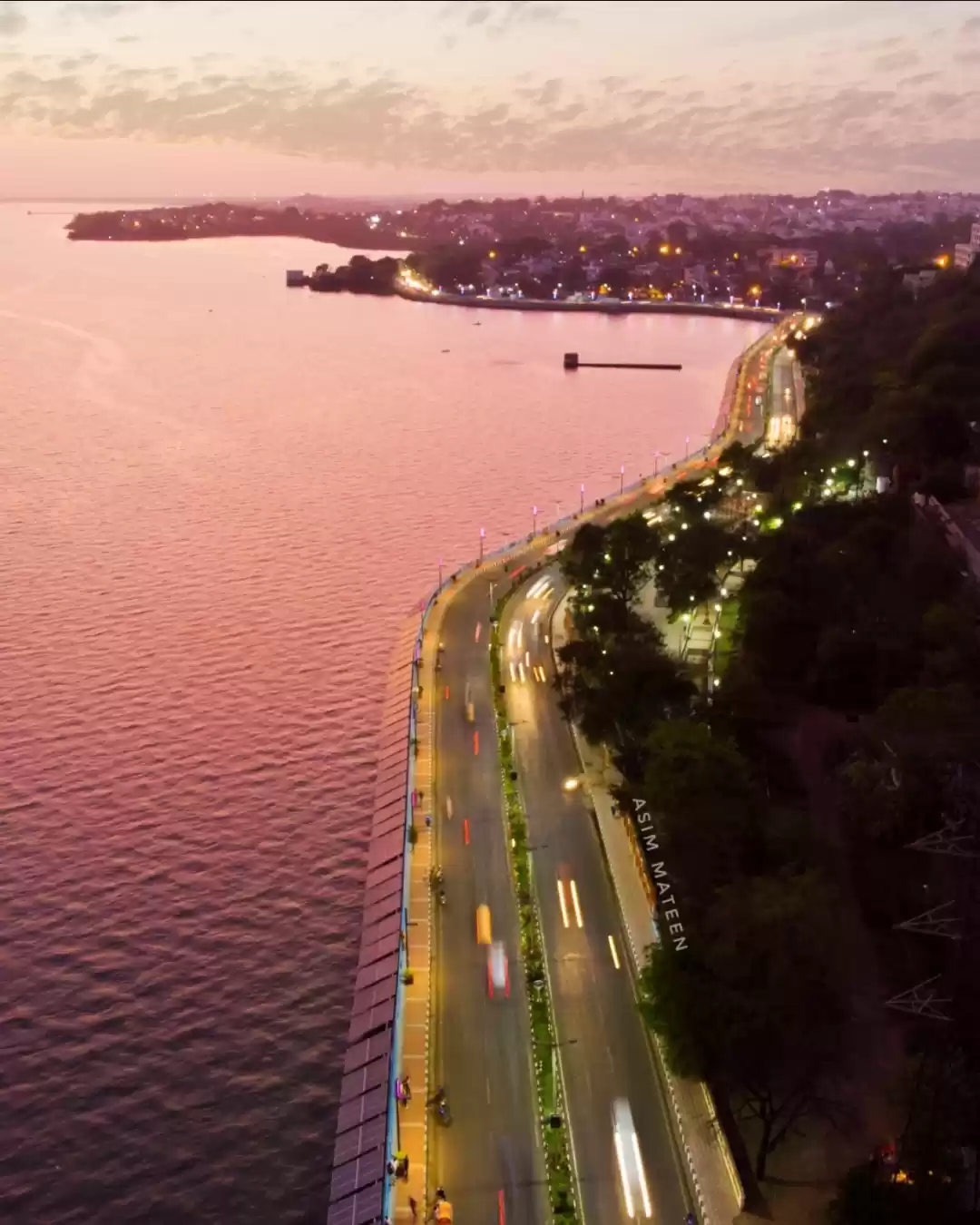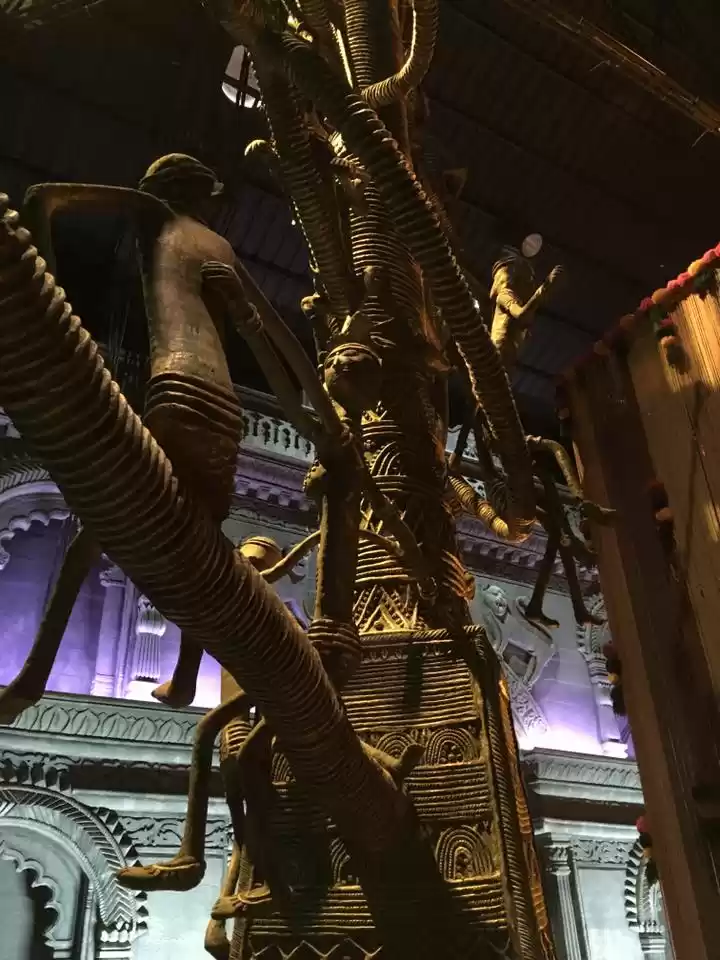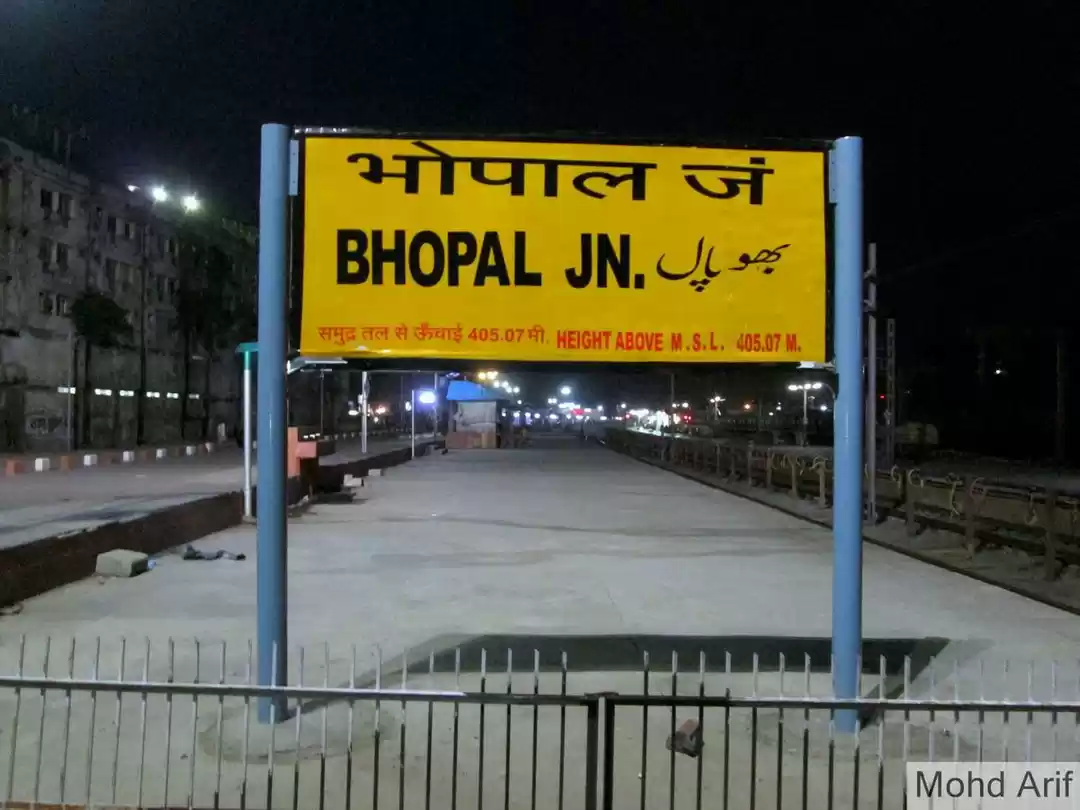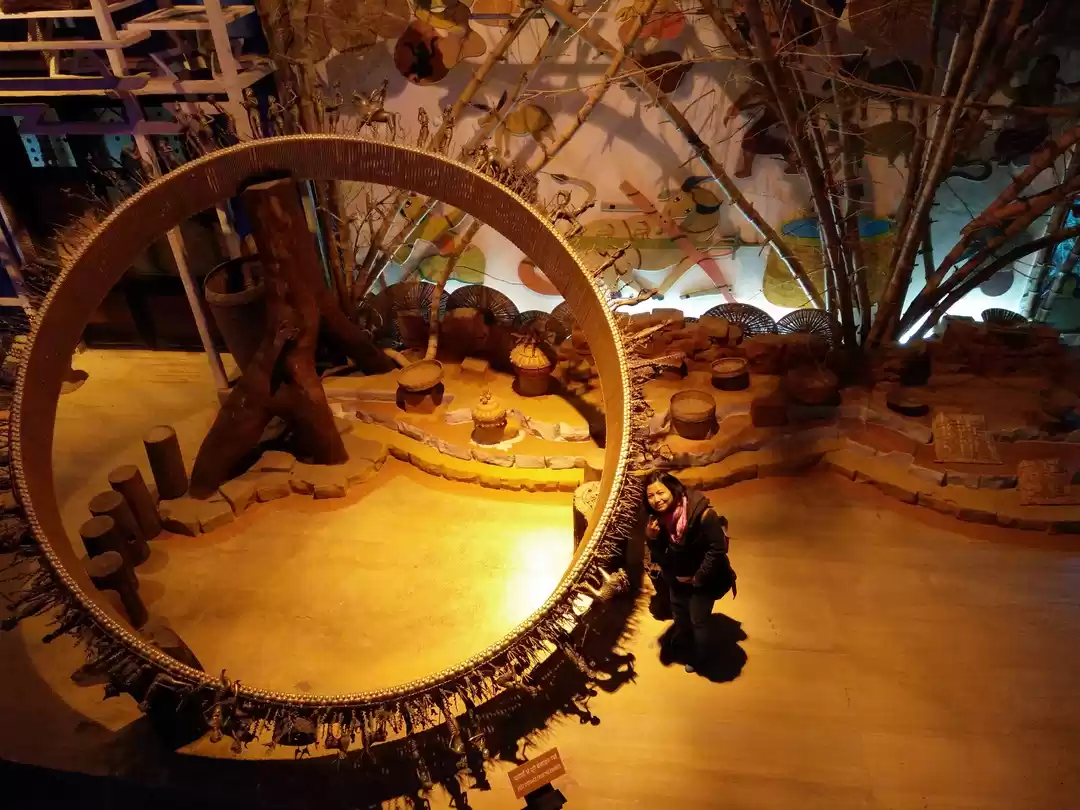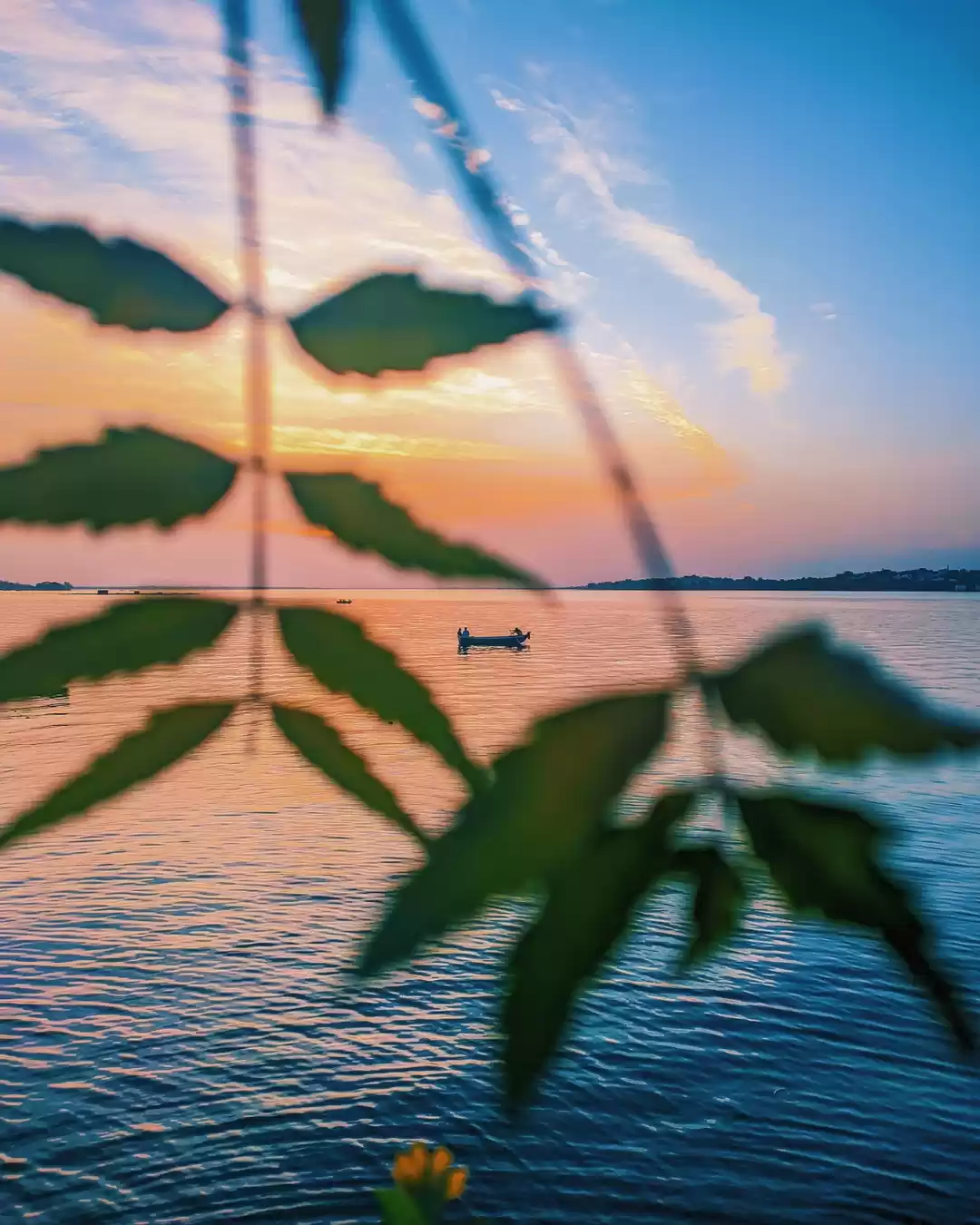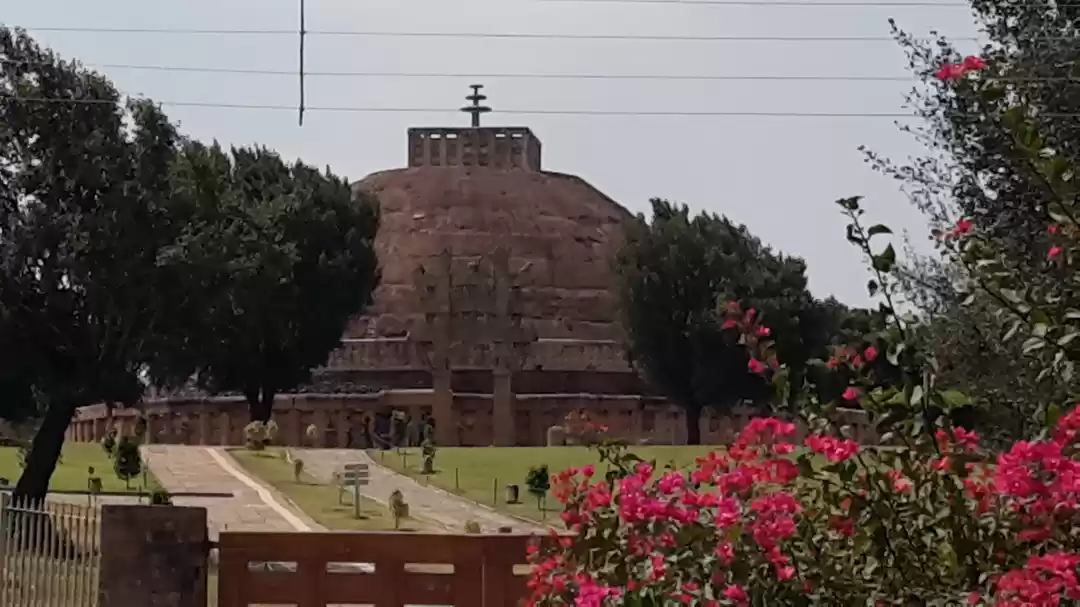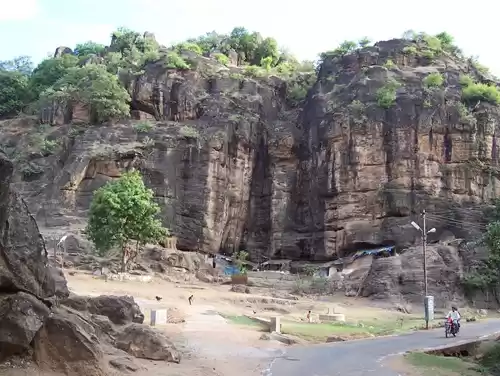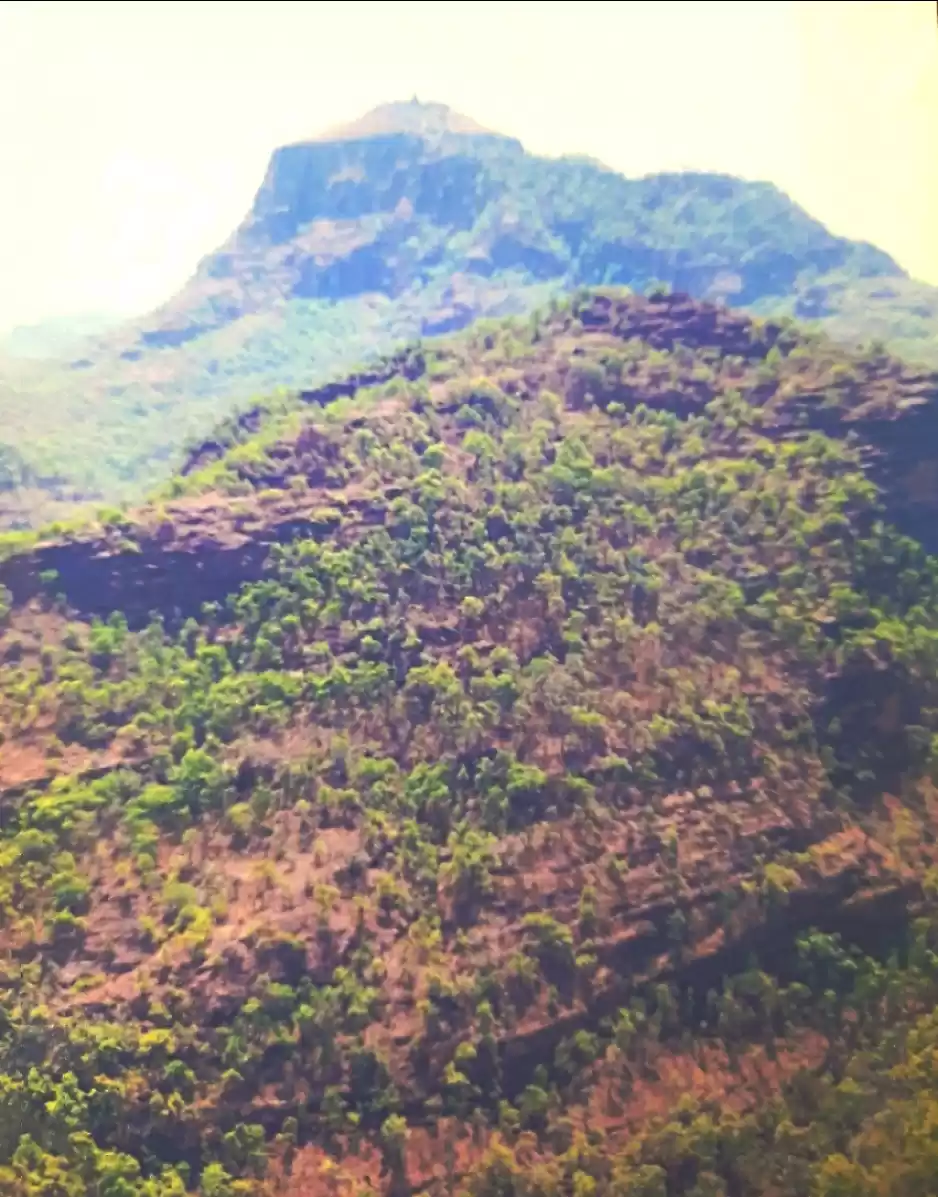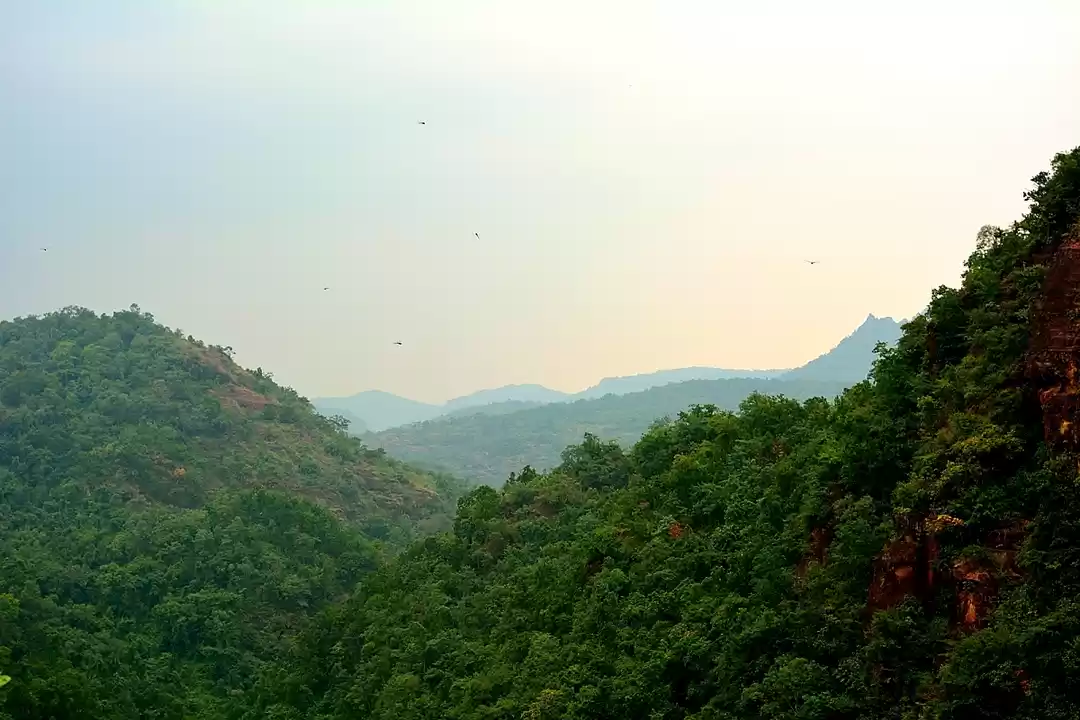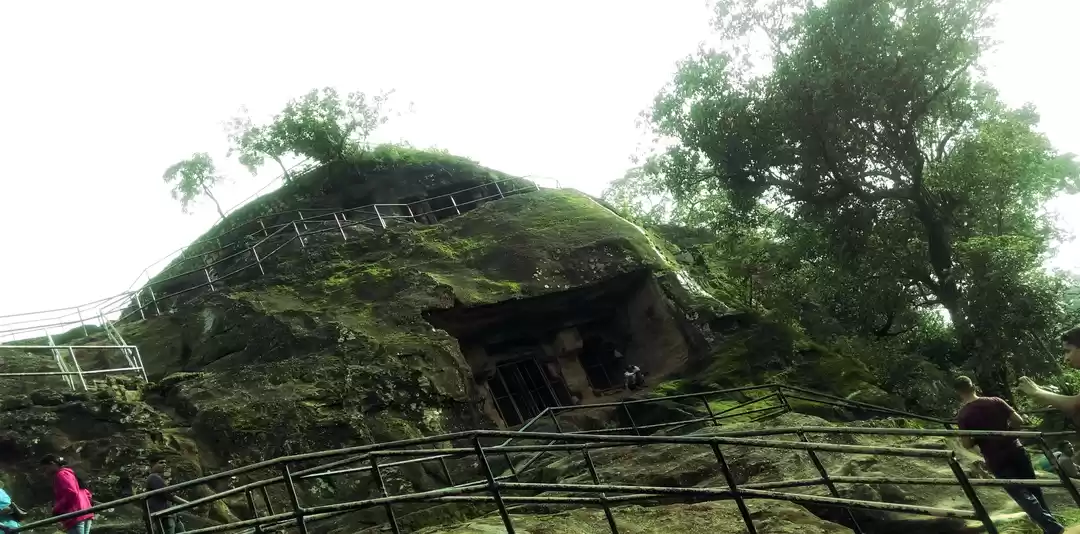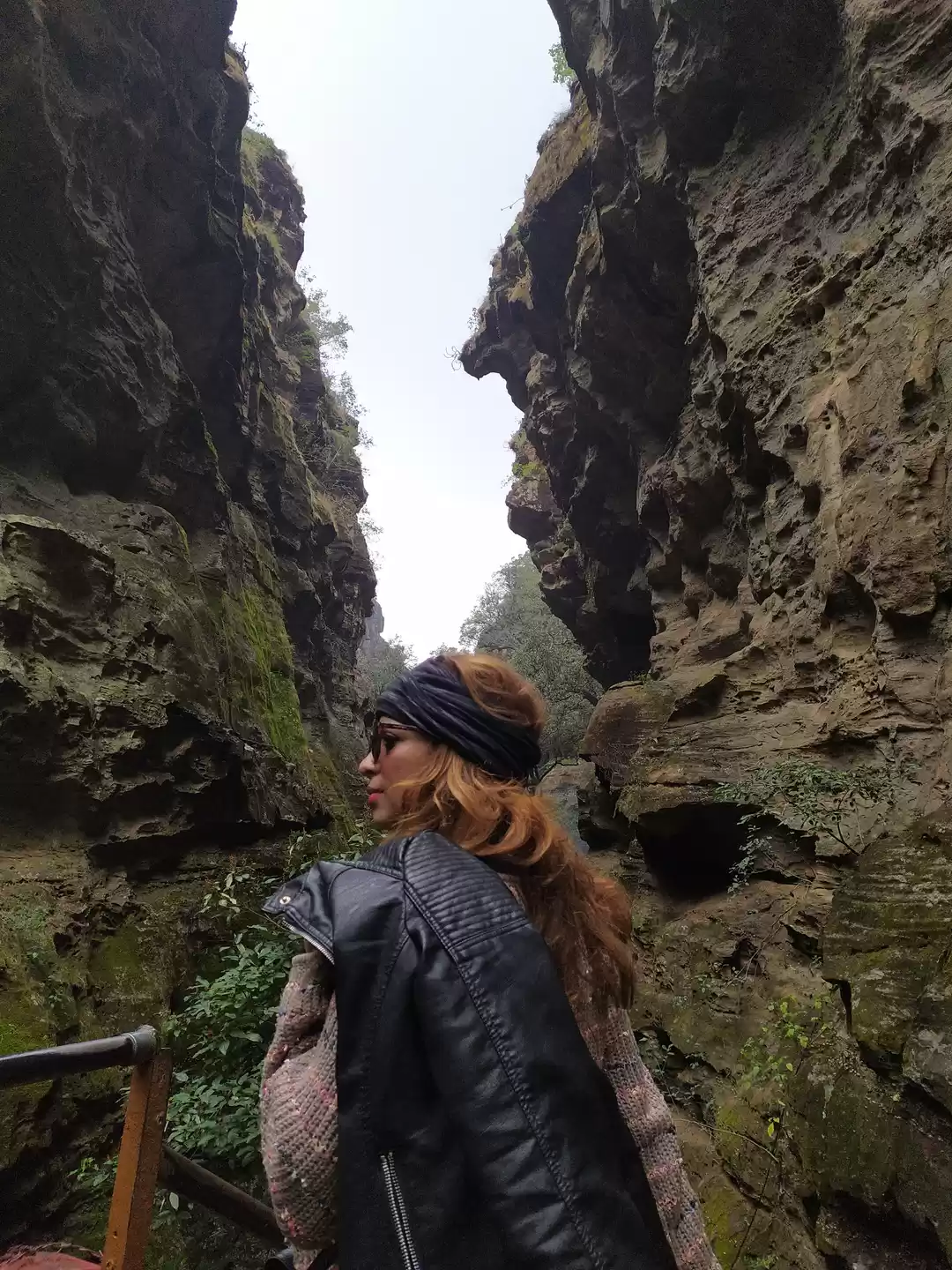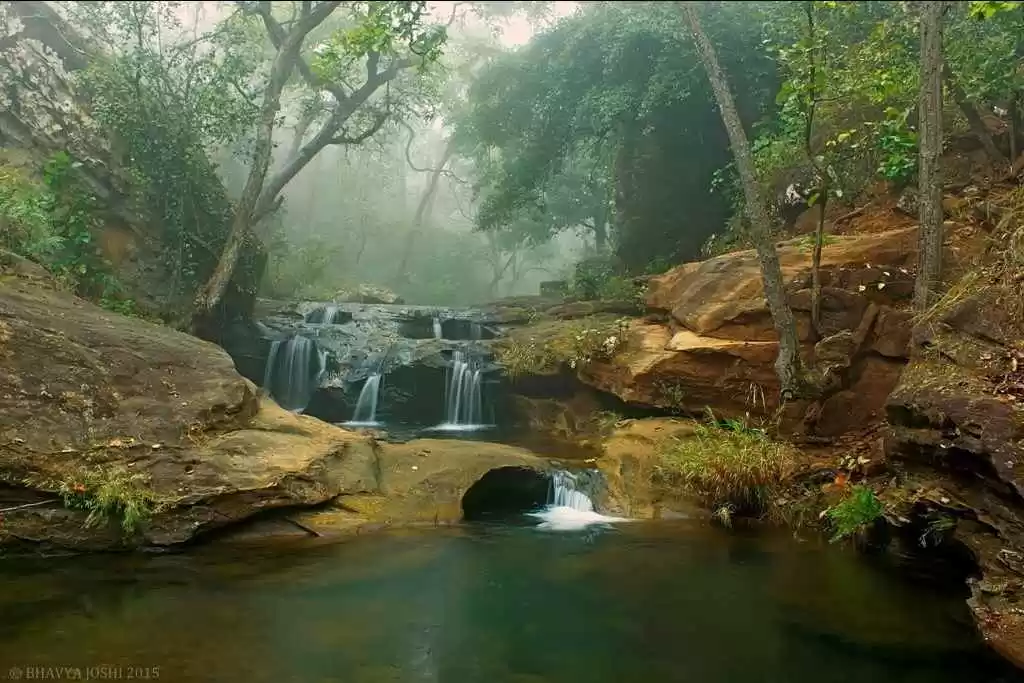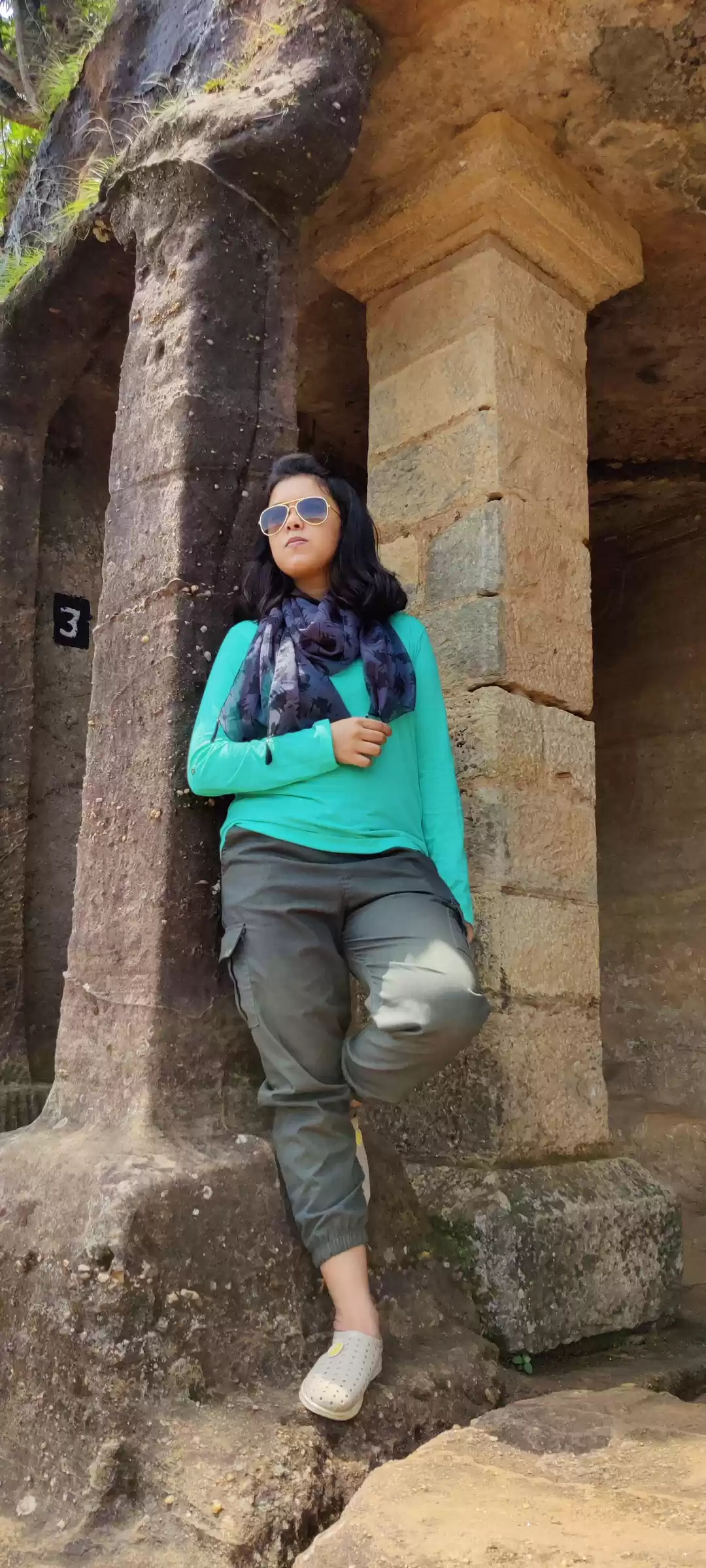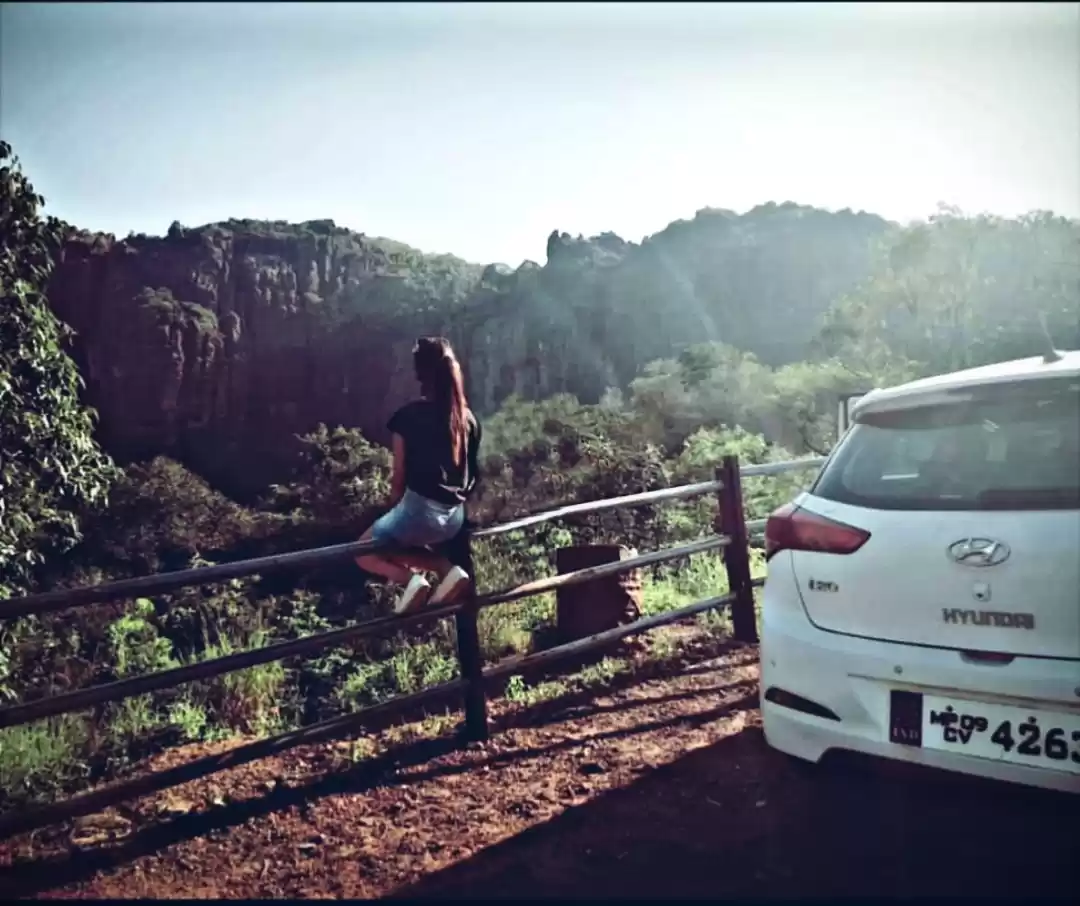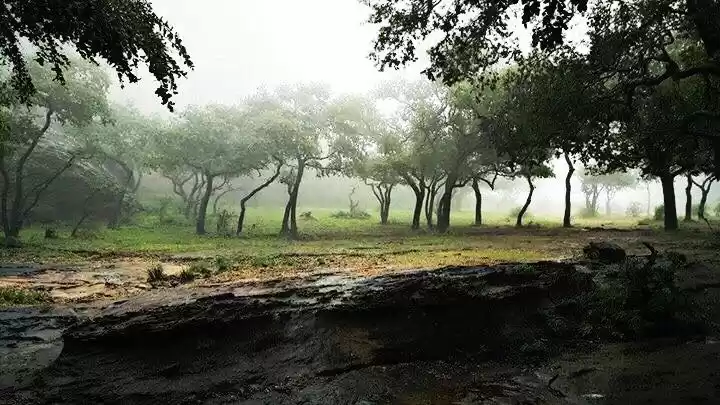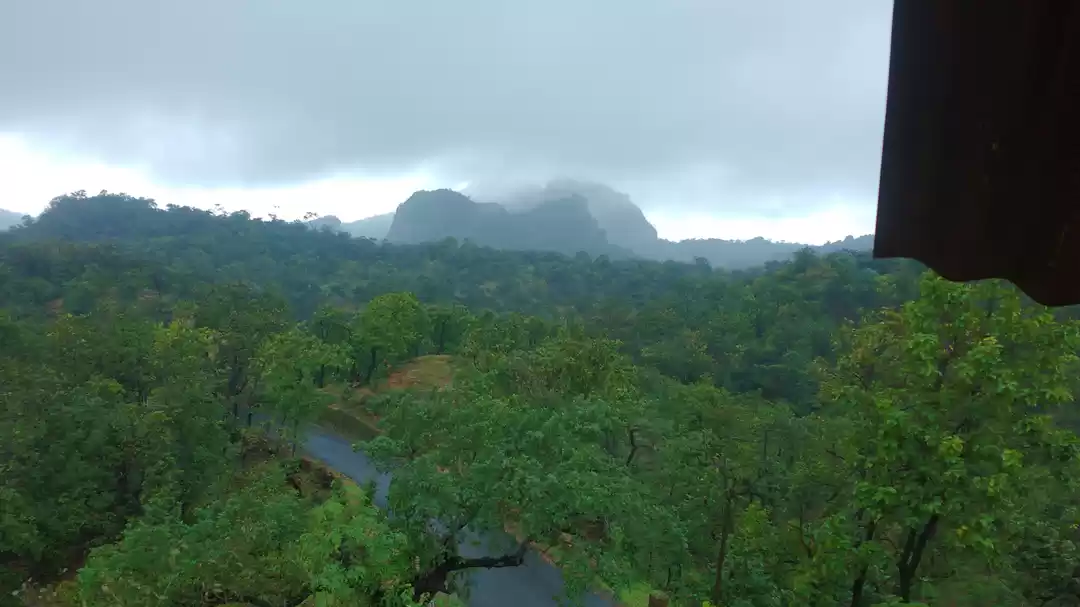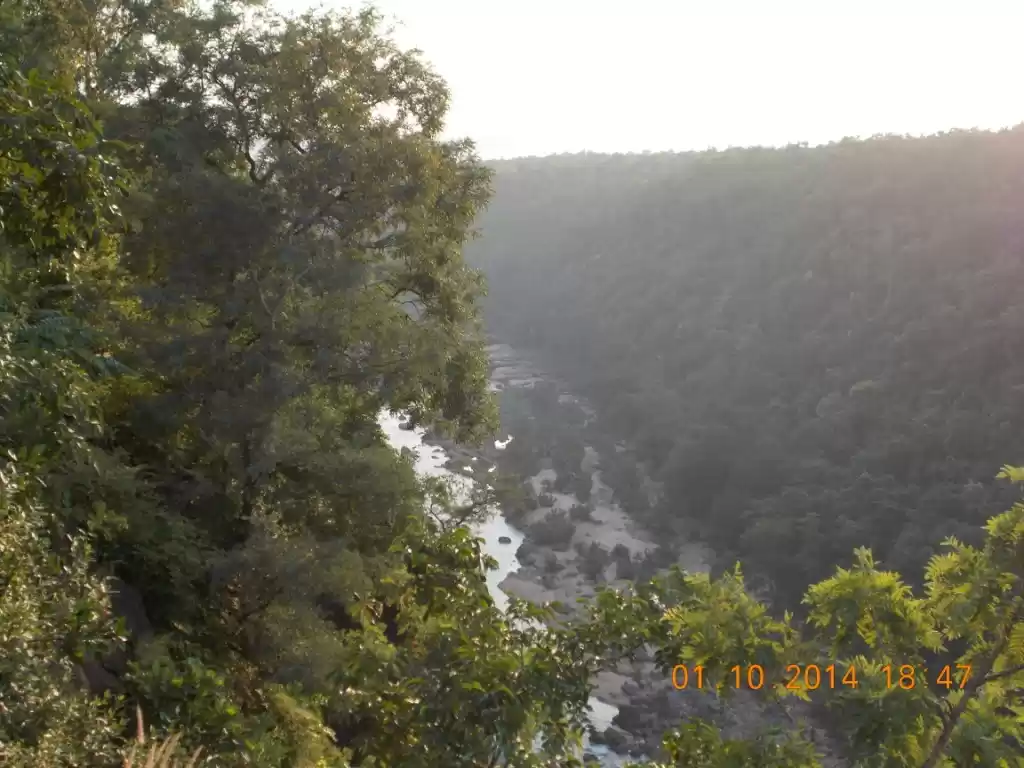I know the title sounds a bit religious and may not fit the article describing Panchmarhi, but I am still going ga ga on the Amish Tripathi shiva Triology and I feel it was destiny that after reading the books I visited a simple Shiva temple within the cool caves called Mahadev at panchmarhi,
In the last year I have gone to Pachmarhi twice both somewhat suddenly, first time for my anniversary and the next time for a destination wedding in the April of 2013. So the first time I went there I had little knowledge what to expect, I have reached there via Bhopal. Pachmarhi is 144KM from Bhopal, capital city of Madhya Pradesh.
Panchmarhi is a hill station whose temperature reduces to 3-5 degrees in the winter, but I have only experienced summers there so can’t comment much on that infact it was 38 degrees during the day a and around 30 at night. Panchmarhi lies inside the Satpura Biosphere Preserve at an altitude of 3500ft with a strong presence of Army base
To see the sunset and sunrise spots you need to book a Maruti Gypsy but along with sunrise they show you other spots which I will describe below.
The first stop was Jatashankar, a cave temple under loose boulders dedicated to Lord Shiva. A natural rock from top of which stalactites hanging looks like matted and tangled locks of Lord Shiva and so is considered a swayanbhu Shivalinga. A stream called Jambu Dweep has its origin here and flows underground. The temple also displays two rocks which float in the water are believed to be part of the sacred Rama Setu long ago, the bridge that was built between India and Sri Lanka by monkey army in Ramayana (a Hindu Epic).
Pandav Caves are another popular attraction in Pachmarhi. These five ancient shelters are now protected monuments, my guide informed me that Pandavs never same there, but as they are 5 caves they came to be called Pandav Caves. the caves might have Buddhist origin. There is nothing notable inside like paintings, inscriptions or sculptures. Just caves …
Next, spot was Rajat Pratap waterfalls with a guide. It is also known as Silver Falls. A short walk down the hill will take you to a view point from where you can see this very tall waterfalls, but I didn’t find it very attractive because the water flow was very thin. During monsoon it could be an attractive waterfalls. The view of Pachmarhi Valley is really nice from here
Apsara Vihaar waterfalls. It is a very beautiful and angel-like waterfalls. The guide told me why the name Apsara (celestial woman) Vihaar (garden or similar) … in very simple terms a Pool of Fairies. It is not because the fairies visited this place. Pachmarhi was discovered by British Army Captain James Forsyth. And british developed it as a Hill Station. Well, the white women came to the waterfalls to swim. Madhya Pradesh then was a tribal area and they watched these women from behind the hides. Tribal people found the white women to be fairies!!! And so the name :)
Then was time for Jamuna Pratap waterfalls or Bee Falls. At the top, the water was flowing down the man-made stone-concrete steps before plunging down to form this beautiful waterfalls. The thin waterflow gave me an opportunity for a good shot. Then trekking down a couple of KM got me to the actual waterfalls. It seems this stream provides drinking water to Pachmarhi town. Bee waterfalls is nice to take a break and have dip under the cool water.
The sunsets and sunrises of Pachmarhi are stunning. Should not be missed. I went to Dhupgarh, the highest point (4,429ft) in Saptura range to witness the sunrise. The drive up is nice, narrow winding road in the bone biting cold. Later people waited for the sun to rise and shine. In the dark everyone looked like bundle of woolen :) For sunset I chose Forsyth point or Priyadarshini Point from where the views are good too.
When I think of Pachmarhi I think of waterfalls and the colorful skies at dawn and dusk. Beautiful place!



